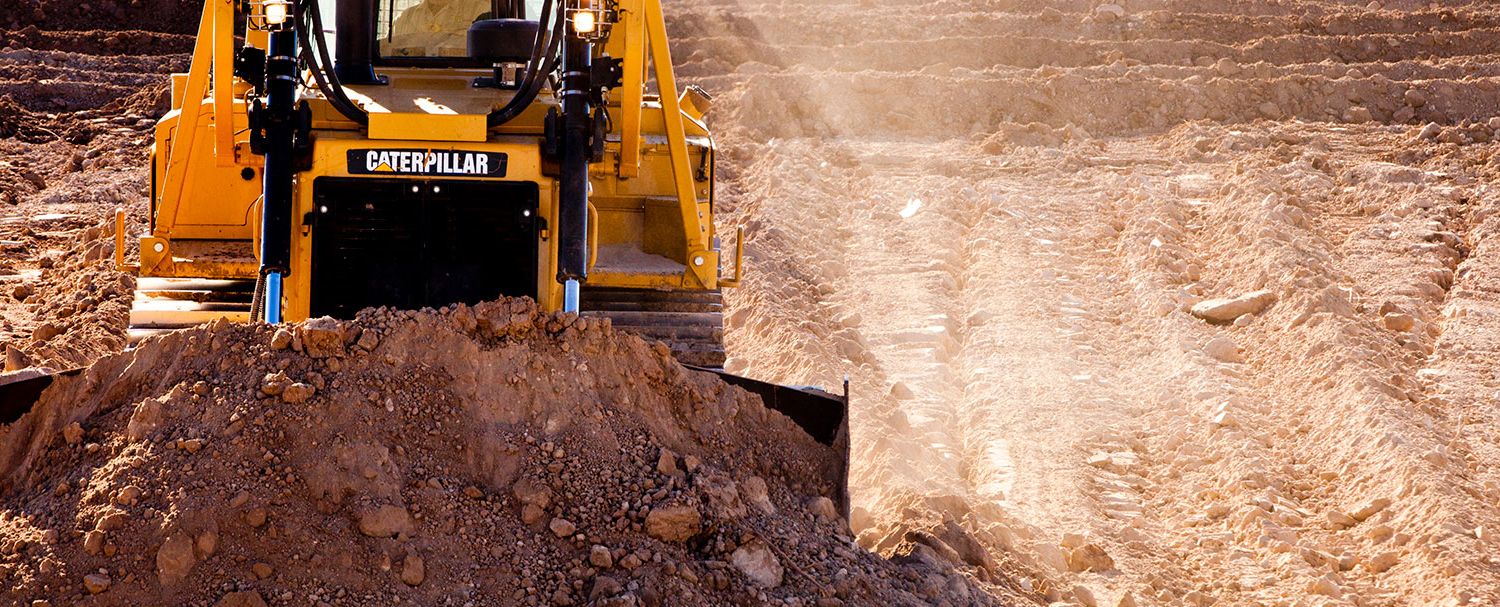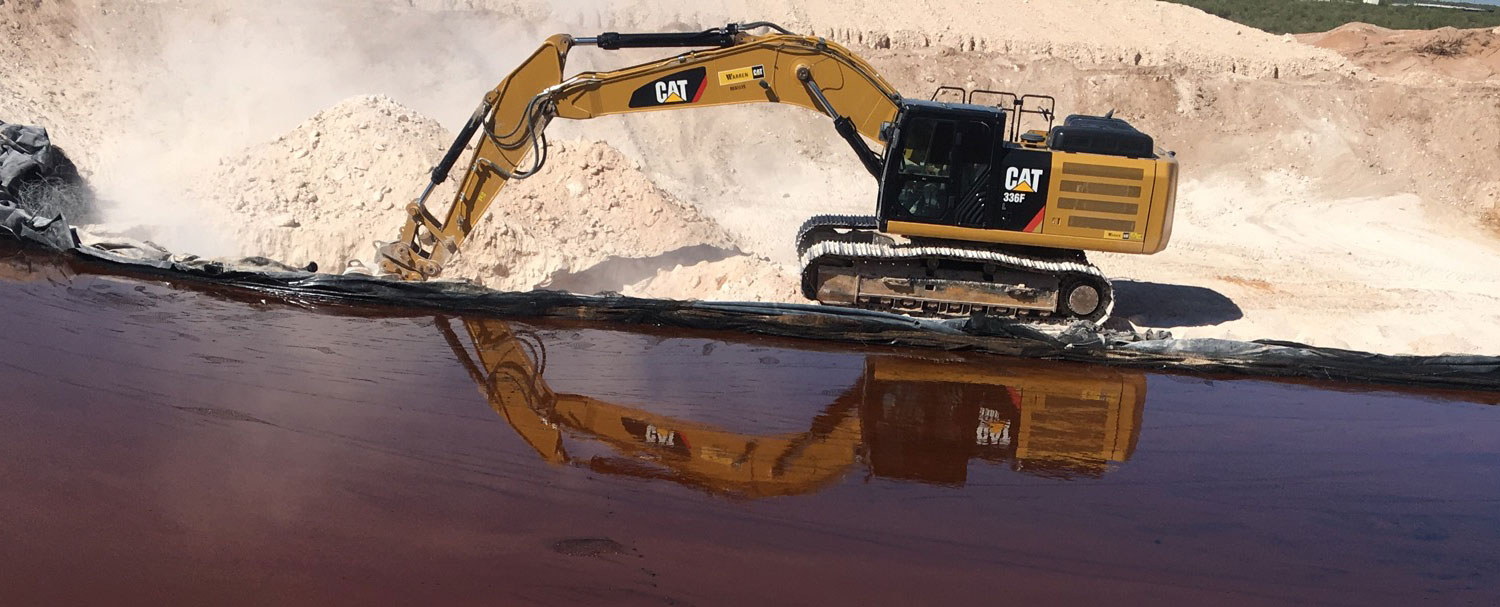Pit & Location Remediations
Deep Bury Pit Closures
After drilling and completion operations are finished, the drilling pit (or reserve pit) is required to be dewatered and buried to restore land back to its natural state. This remediation process is often referred to as a pit closure, or deep bury. During the remediation process, reserve pits are dewatered, leaving only drilling mud behind. The mud is then dried, and a hole is excavated adjacent to the reserve pit so it can be buried. These holes are often 18’ to 22’ deep and allow for 3’ to 6’ of natural topsoil to cover the hole. Many operators and surface lease agreements find it best practice to line the hole with a 6 to 20 mil liner prior to burying the drilling mud. Our practice of burying drilling pits and restoring the land to its natural state has been recommended by the Texas Railroad Commission and is seen as the regulatory standard in many areas.
Drilling Pad and Road Reclamations
As the wells life reaches beyond re-entry, many operators will reclaim the pad to a smaller manageable size to accommodate a pulling unit and stockpile the reclaimed caliche to be re-used for other drilling sites or road upgrades. We can completely reclaim a pad site and road for plugged wells and reseed the area as needed so natural vegetation can grow back in the area.
Frac Pit Closures and Remediations
Big D can close in frac pits that are no longer in use and bring the disturbed area back to natural grade and provide seeding so vegetation can continue to grow. Big D has experience in remediating both fresh and produced water pits. Prior to closing a frac pit, Big D’s crews can properly dispose of the existing liner and perform a site inspection to insure there is not any contaminated soil that may also need to be remediated or hauled to a disposal site.
© Copyright 2025 BigD Companies. All Rights Reserved. | Privacy Policy

